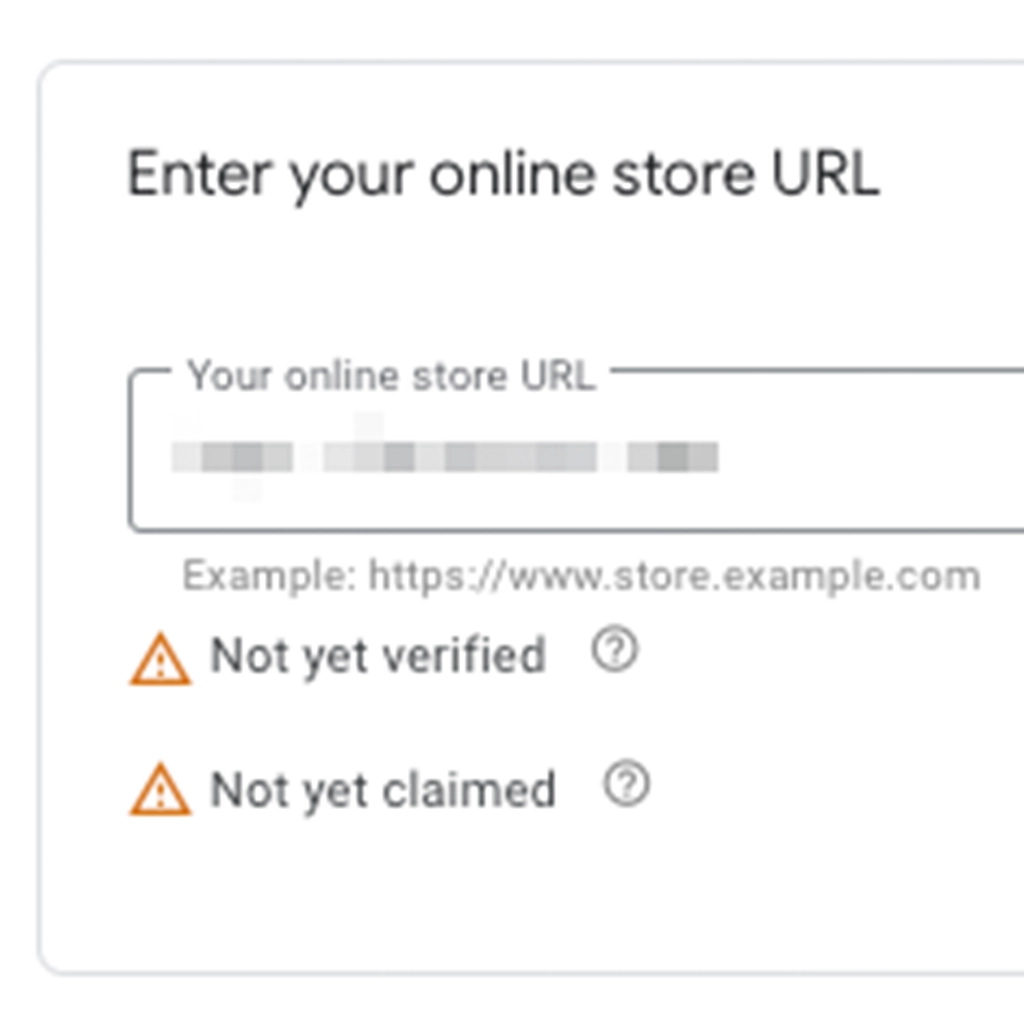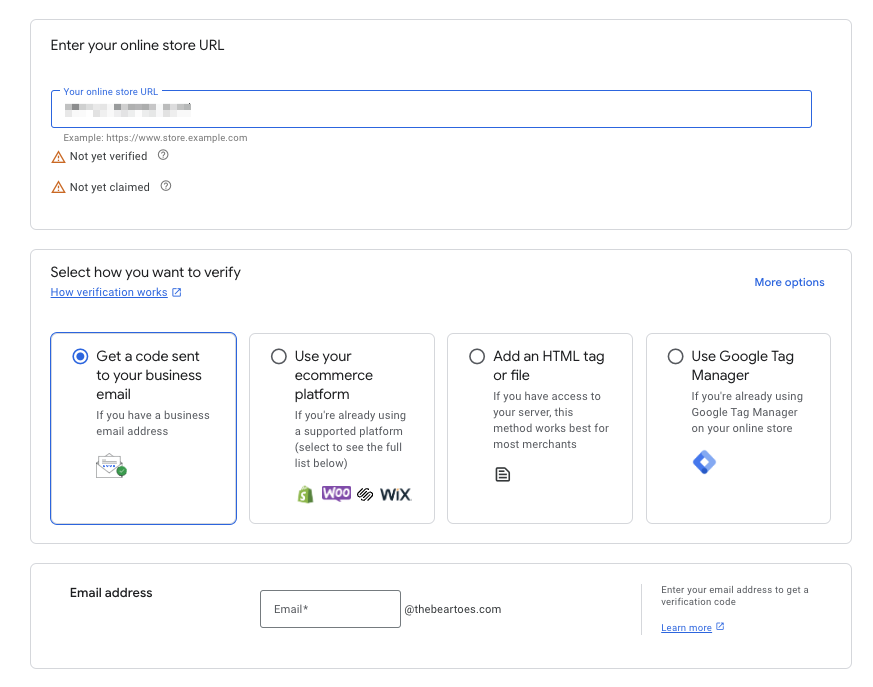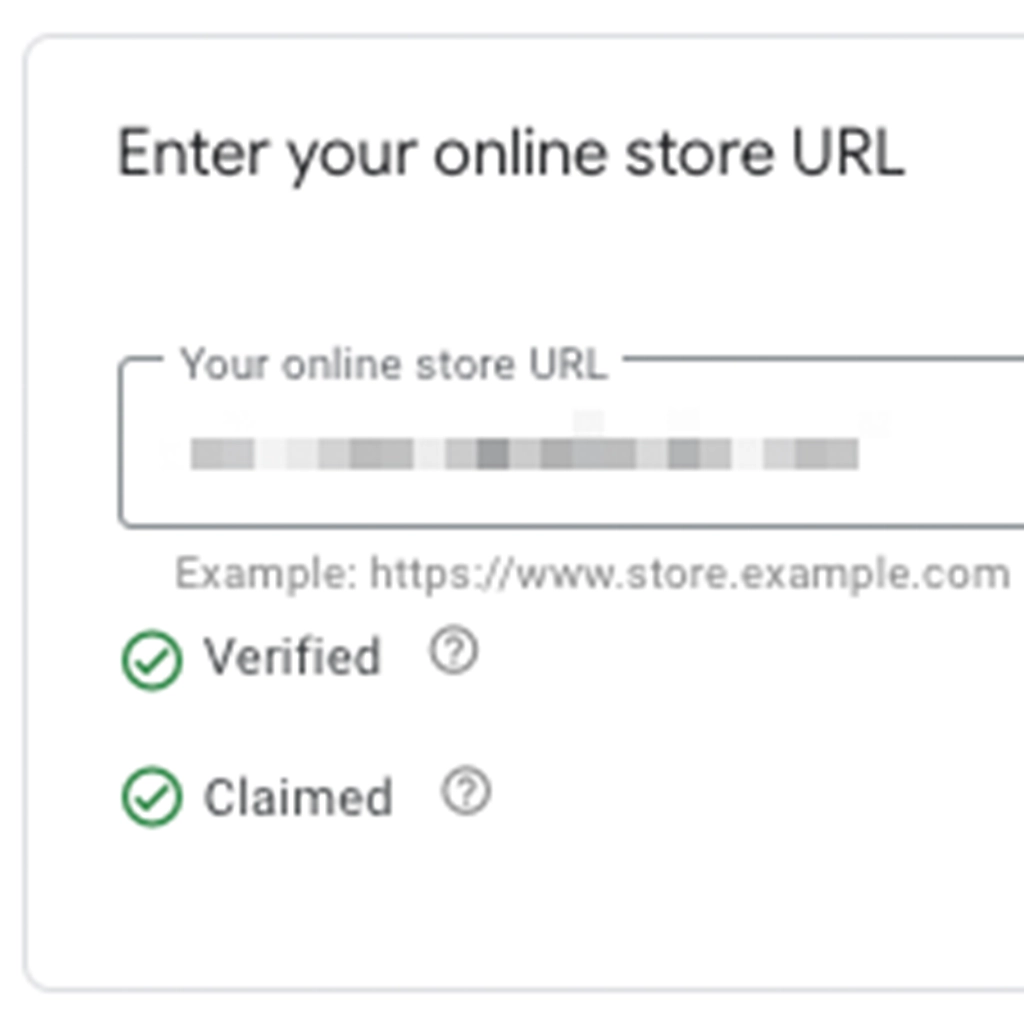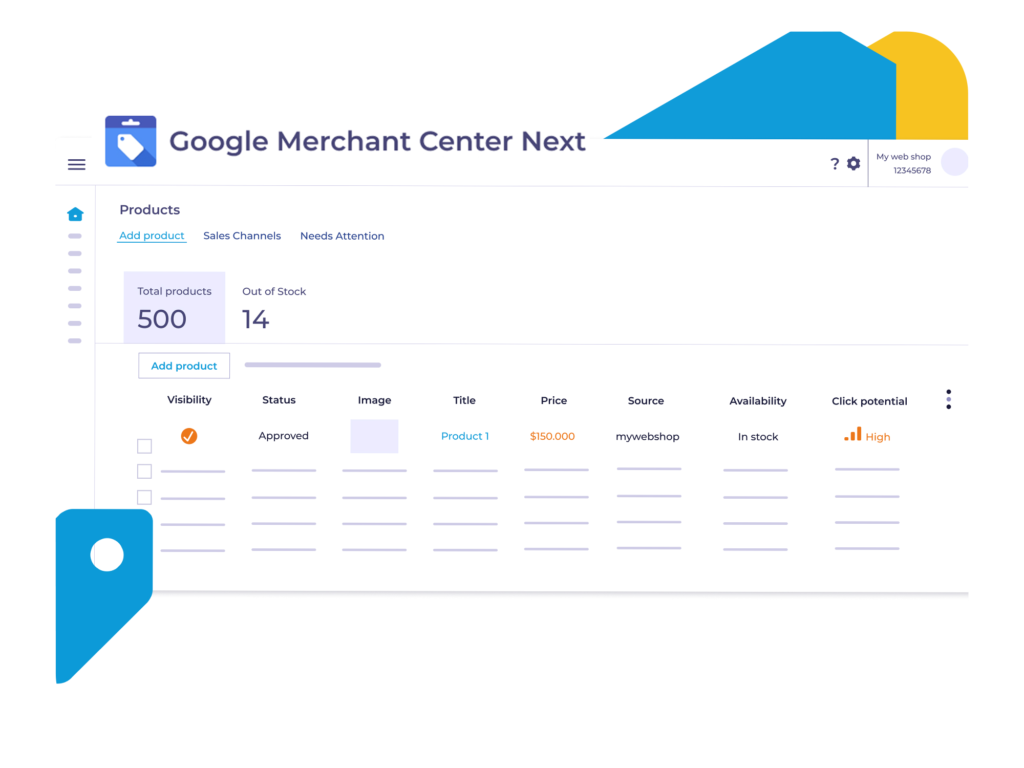
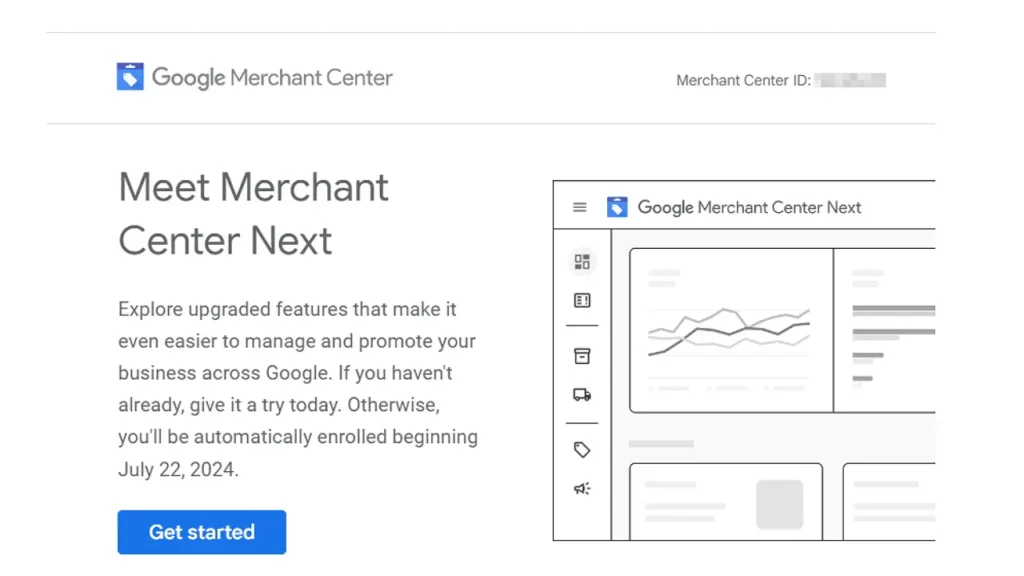
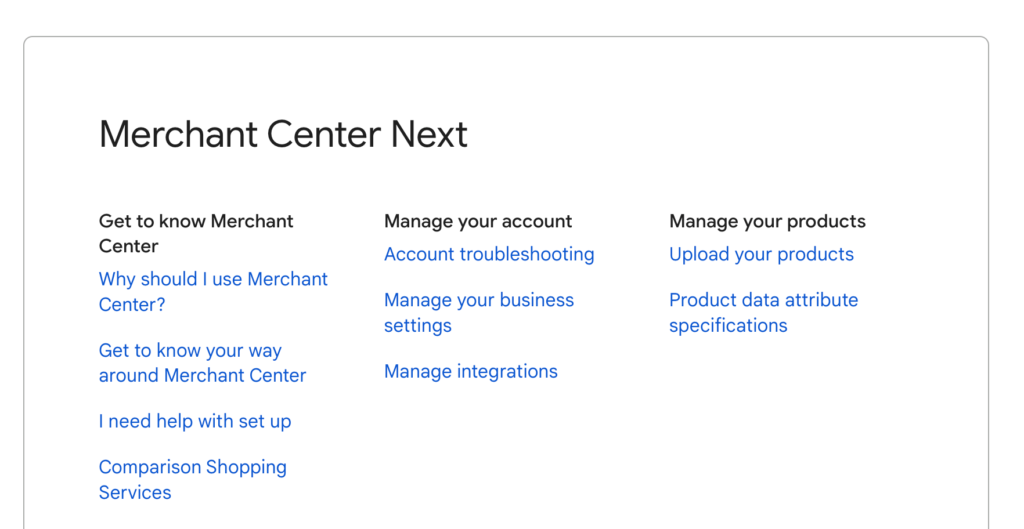
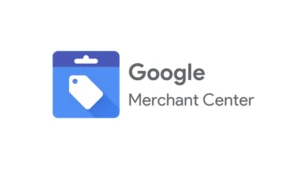
Google Merchant Center is like a digital storefront for your products on Google. It’s where you upload and manage information about your products, like titles, descriptions, images, prices, and availability. This data is used to create product listings that can appear across Google.
Google Merchant Center Next is an updated version of Google Merchant Center, designed to simplify the process of managing product data and optimizing eCommerce performance. It includes new features and an enhanced user interface to make it easier for merchants to list products, track performance, and connect with shoppers.
Google Merchant Center Next simplifies product management and eCommerce integration, making it more intuitive for businesses to list, monitor, and optimize their products across Google’s services.
Follow these steps to set up Google Merchant Center Next and start listing your products efficiently:
1. Go to Google Merchant Center Next.
2. Sign in with your Google account or create a new one. If you don’t already have a Google account, you will need to create one.
3. Provide your business information, including:
- Business name
- Country of operation
- Time zone
Agree to Google’s Terms of Service:
Read and accept Google’s terms and conditions to proceed.
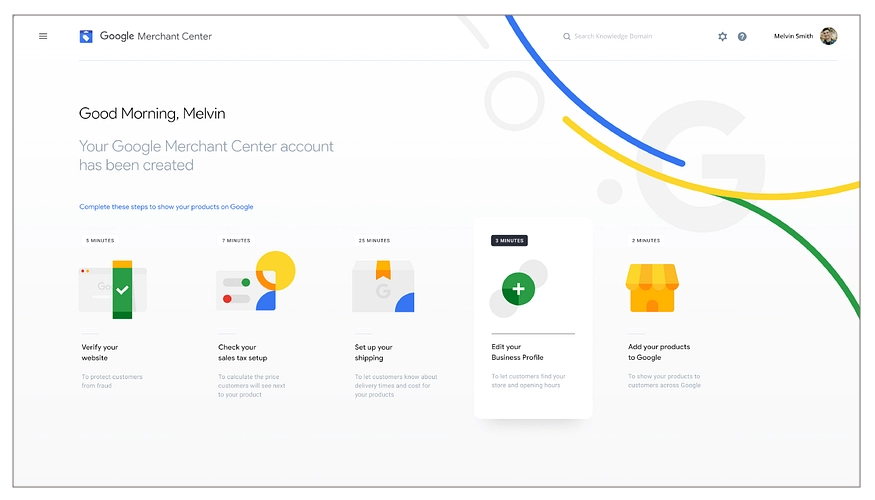
Step 2: Verify and Claim Your Website
1. Verify your website:
● Google needs to confirm that you own the website you are linking to your Merchant Center.
● You’ll need to add a HTML file or a meta tag to your website, or link it through Google Analytics or Google Tag Manager.
2. Claim your website:
● Once verified, you can claim your website in Merchant Center. This step ensures that you can display your product listings in Google Shopping.
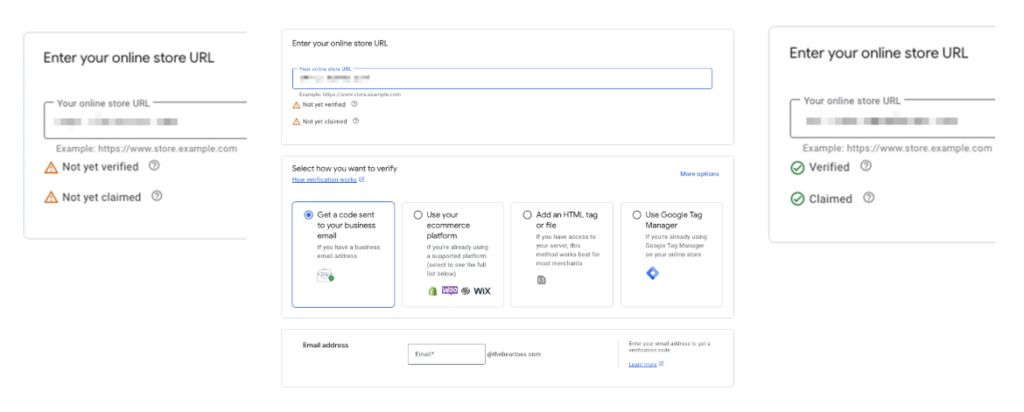
Step 3: Set Up Your Product Feed
1. Decide where you want to show your products:
- Free product listings (organic visibility).
- Shopping ads (paid Google Ads campaigns)
A product feed is a file that contains all the information about the products you sell (title, description, price, availability, etc.).
3. Choose your feed format:
Go to “Products” → “Feeds” → “Add Feed.”
Google supports different formats like API, XML, CSV, or Google Sheets.
4. Select your country and language.
5. Choose your input method:
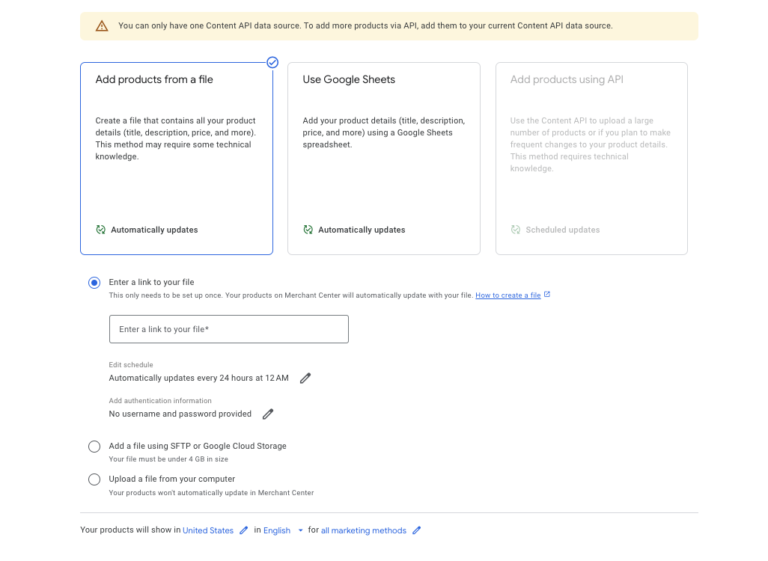
- API: For large catalogs and automated updates.
- Google Sheets: Ideal for small product catalogs.
- Scheduled Fetch: Automatically fetch data from your website.
Prepare your product data: Include the following attributes:
- Product Title
- Product Description
- Product ID
- Availability
- Price
- Image Link
- Brand
- GTIN (Global Trade Item Number) or MPN (Manufacturer Part Number)
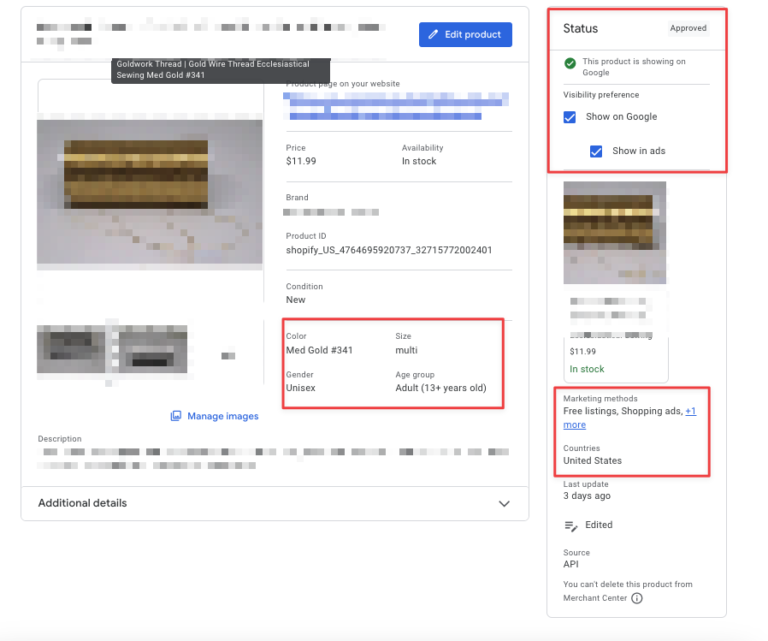
Regularly update the feed to keep product data current.
6. Use eCommerce plugins:
If using platforms like WooCommerce or Shopify, use plugins to automate feed generation and updates.

Health Awareness
We had observers go into the workplace and we timed people’s activities to the second. We’ve been to various workplaces, all high-tech companies. We wanted to look at information workers. We had observers shadow each person for three and a half days each and timed every activity to the second.
- Create the table lines here
- Organise everything early thoroughly
- Create the table lines here
- Create the table lines here
